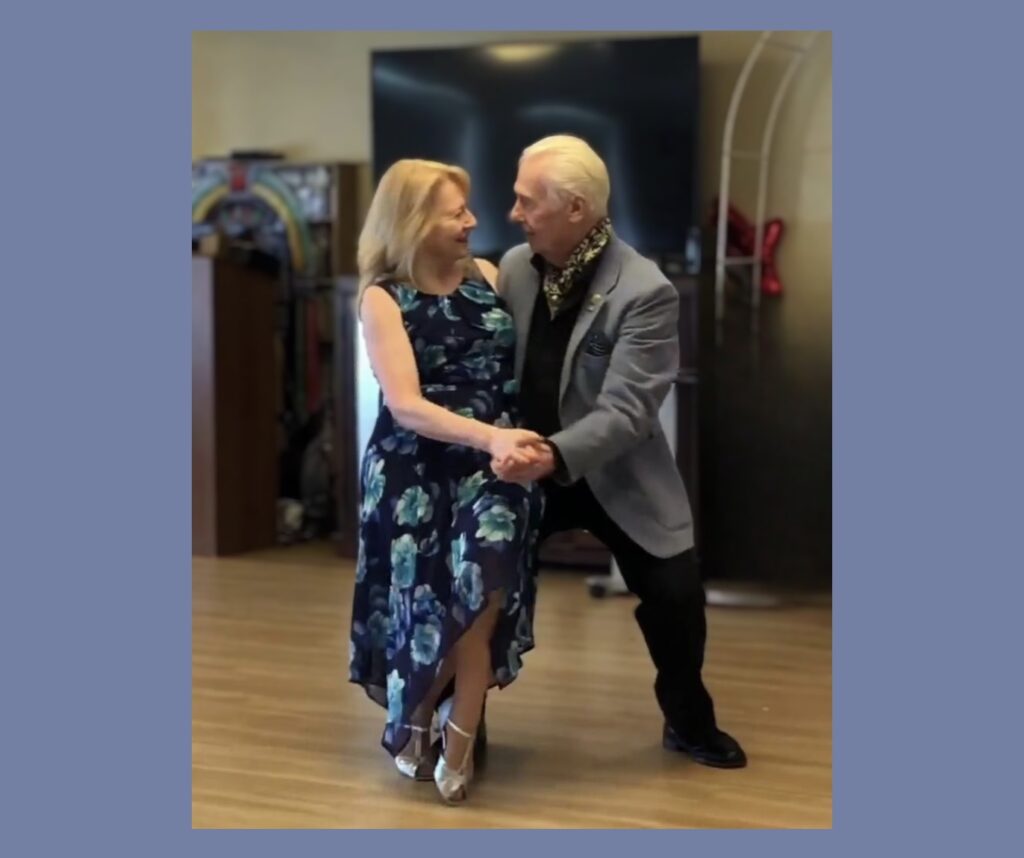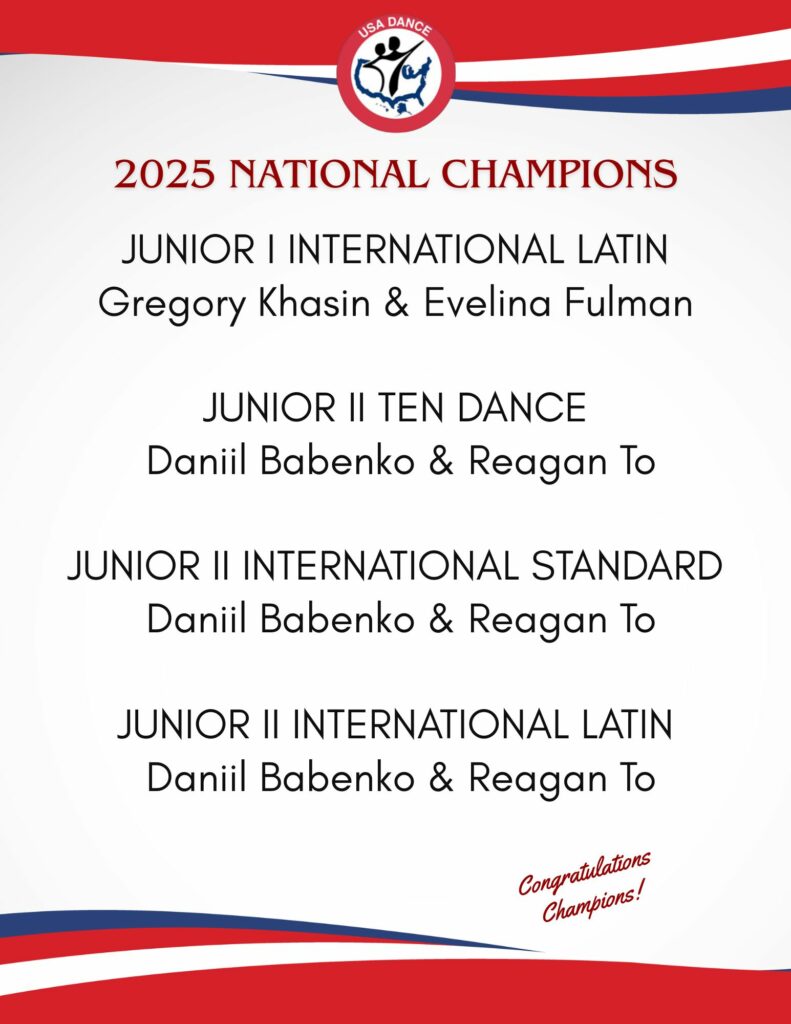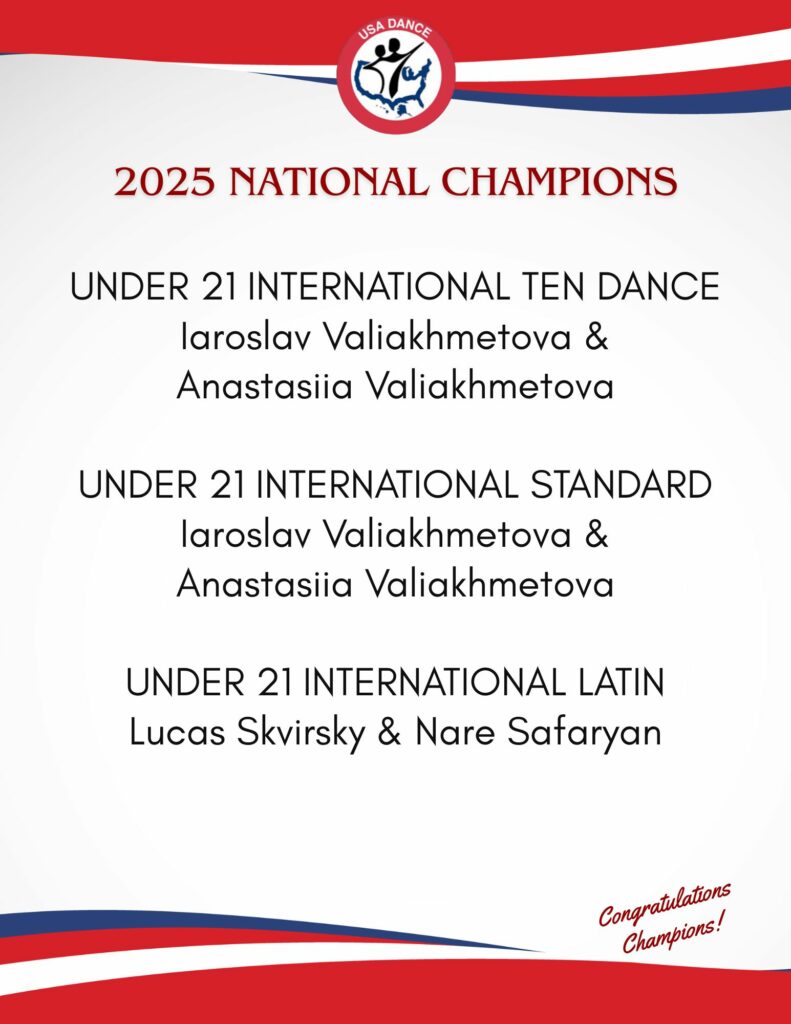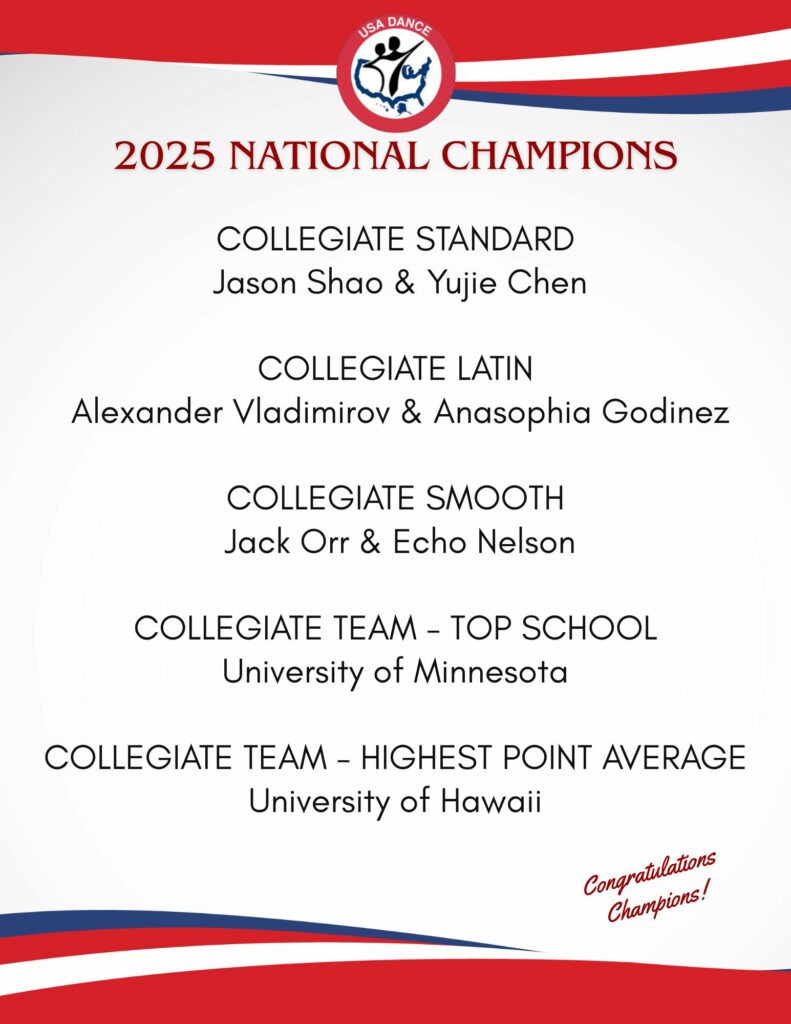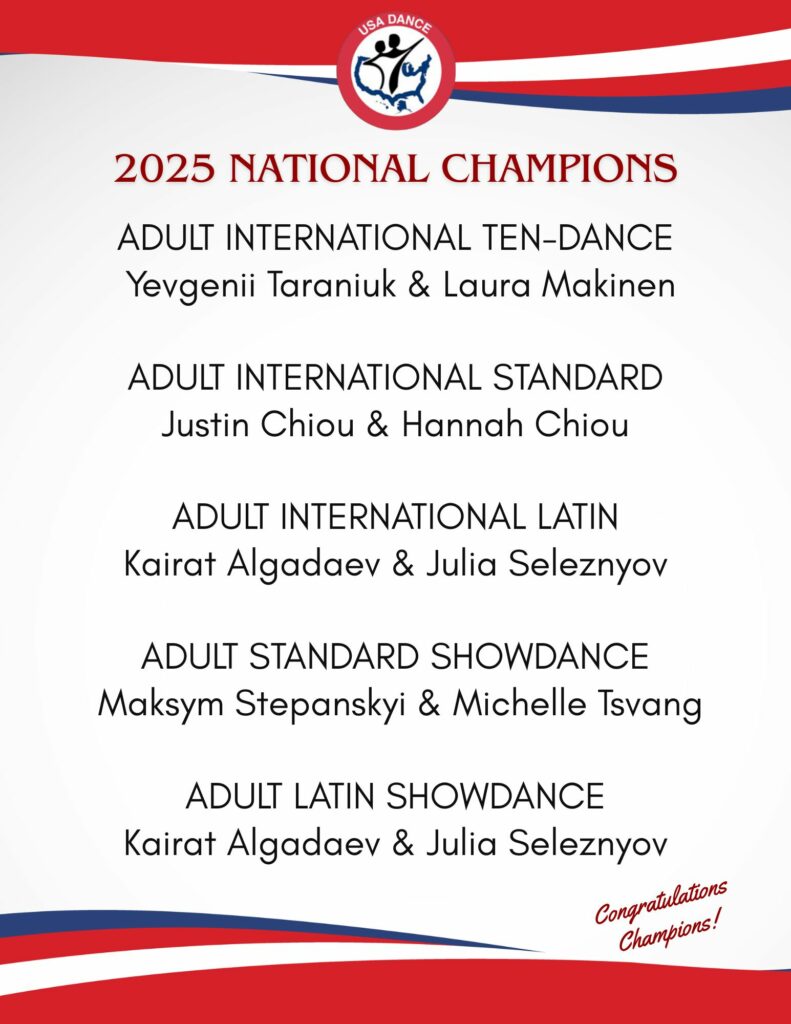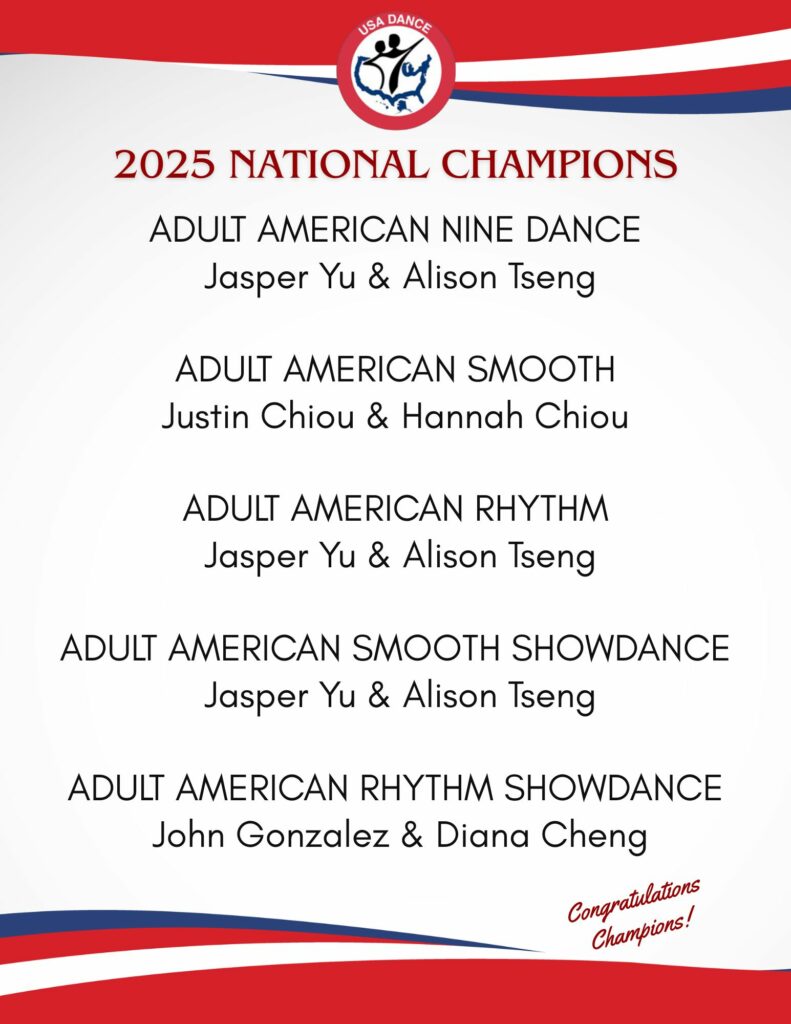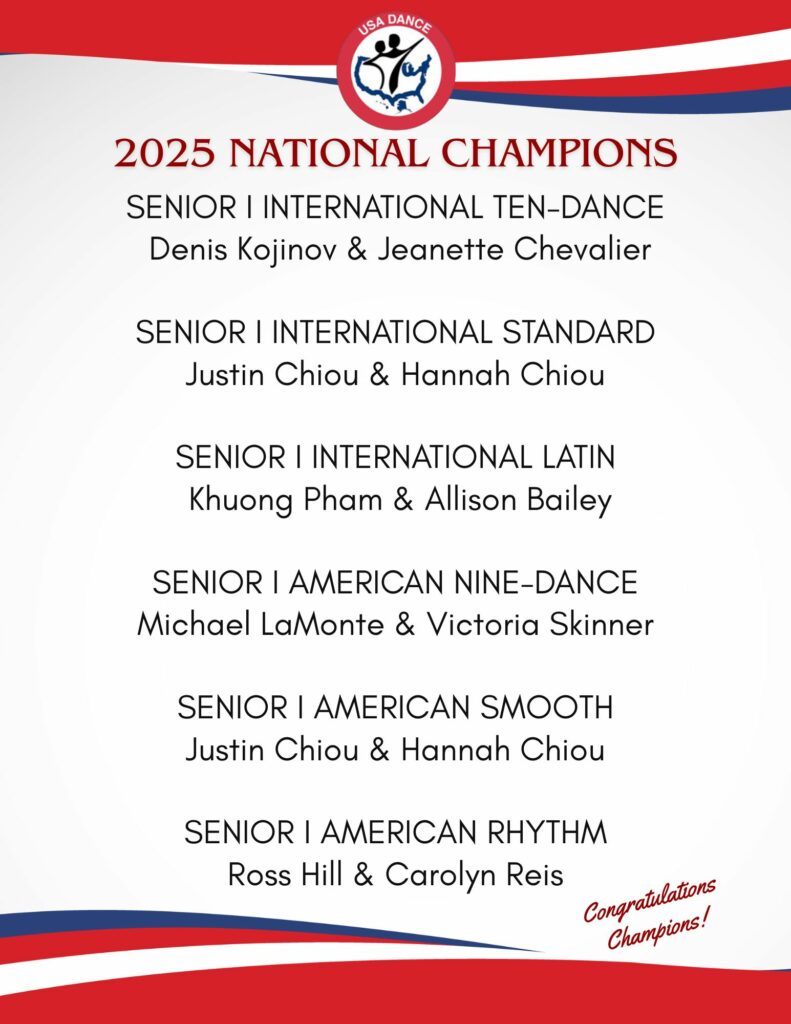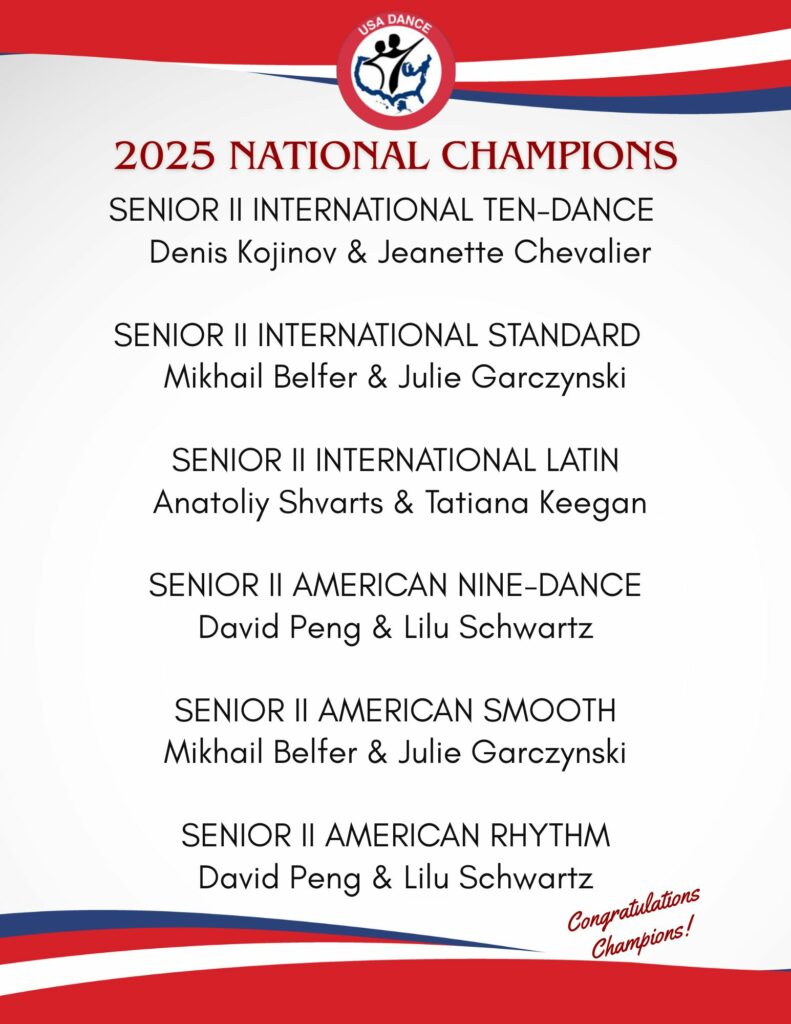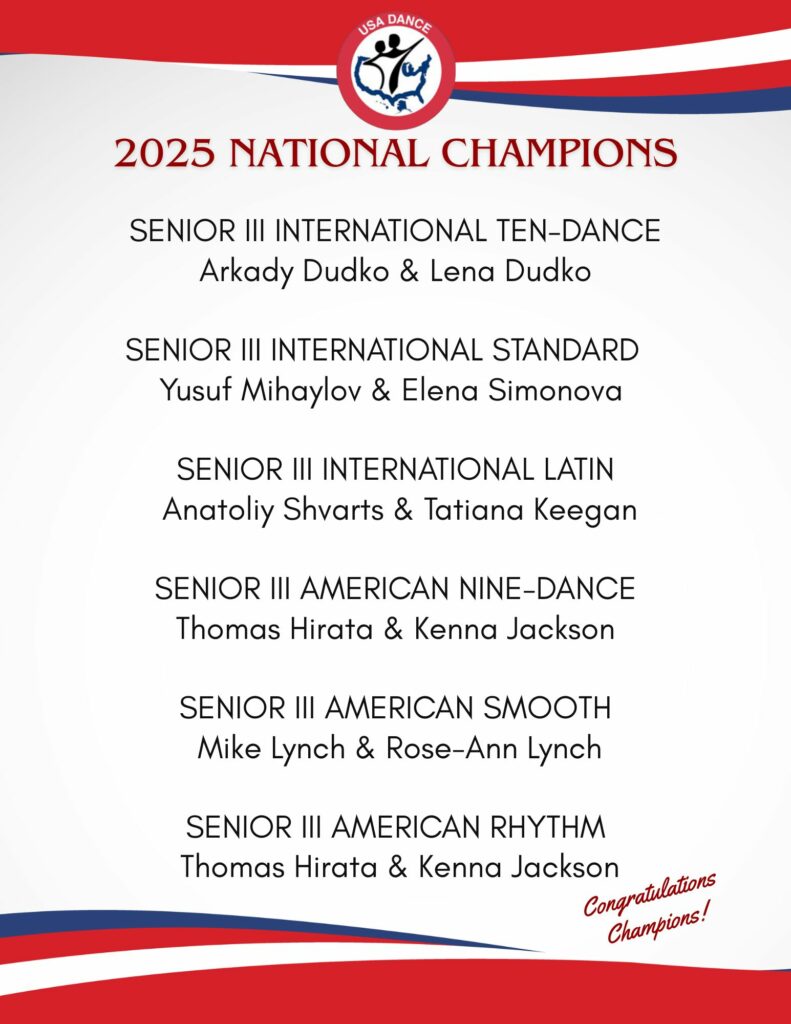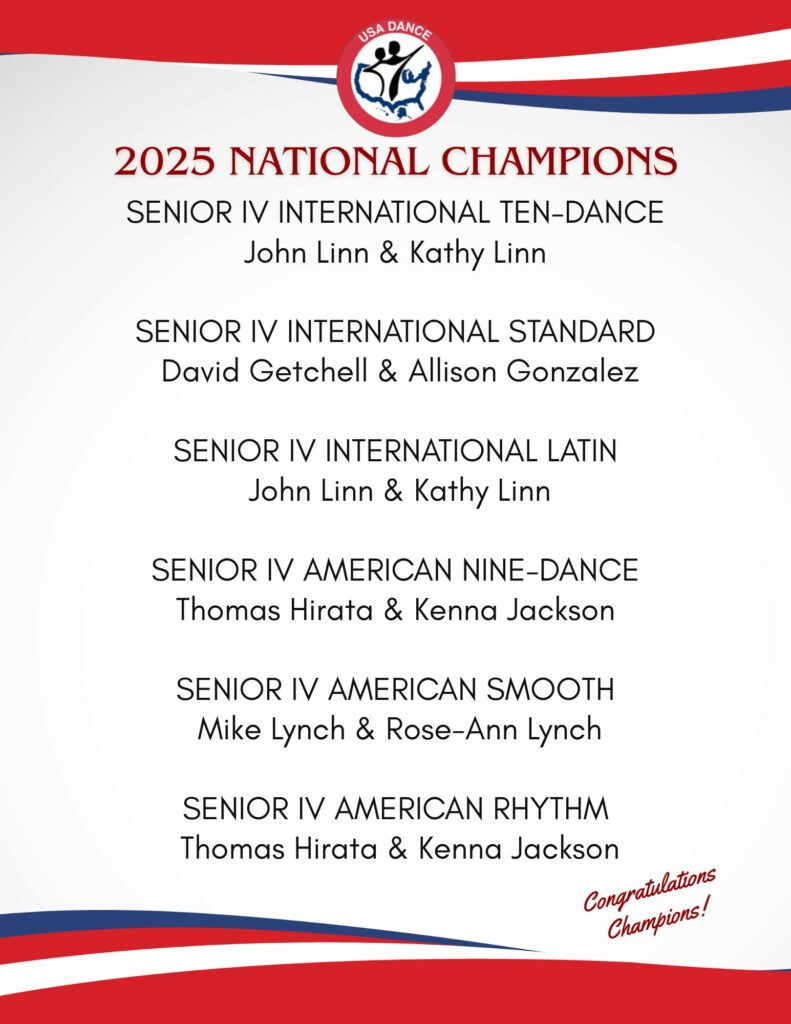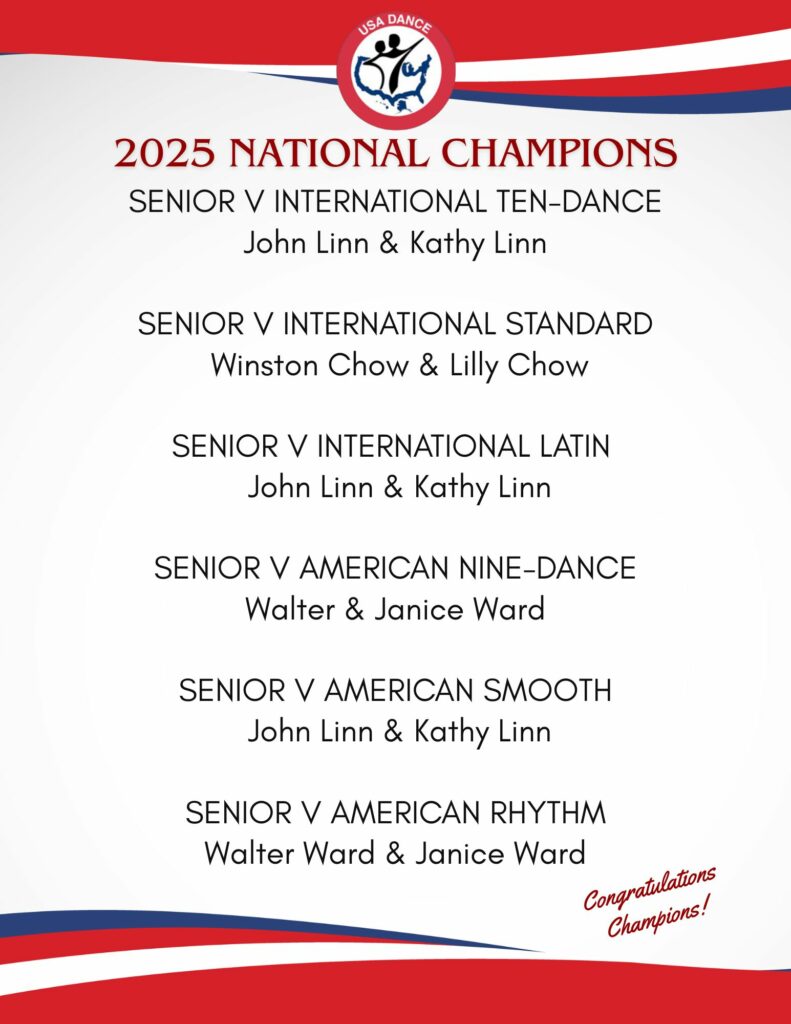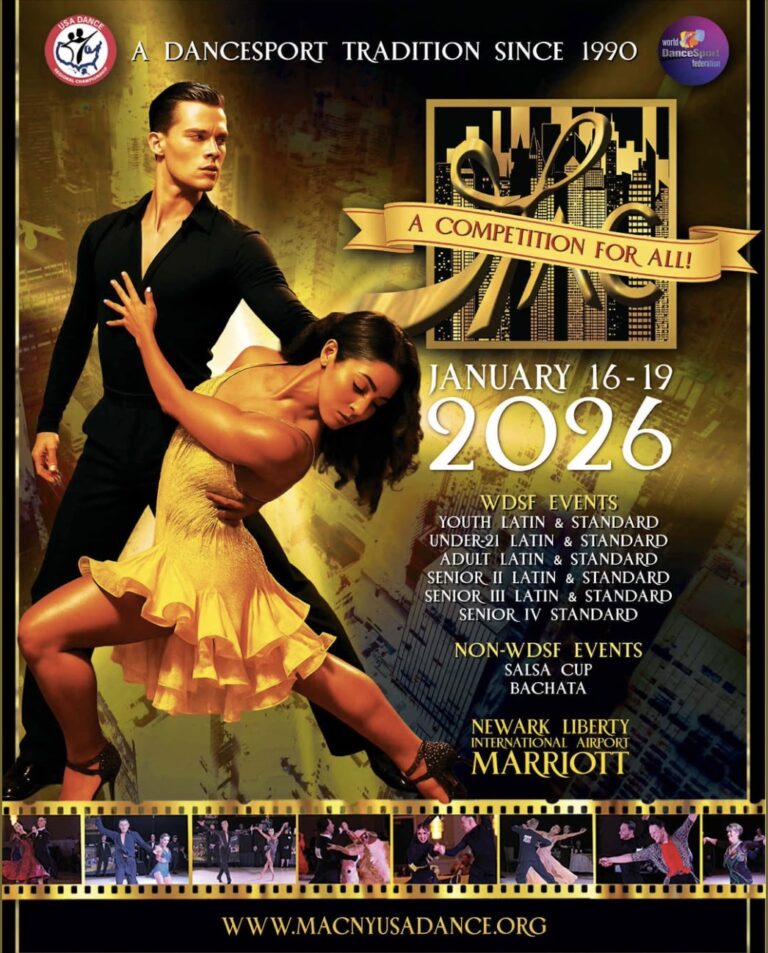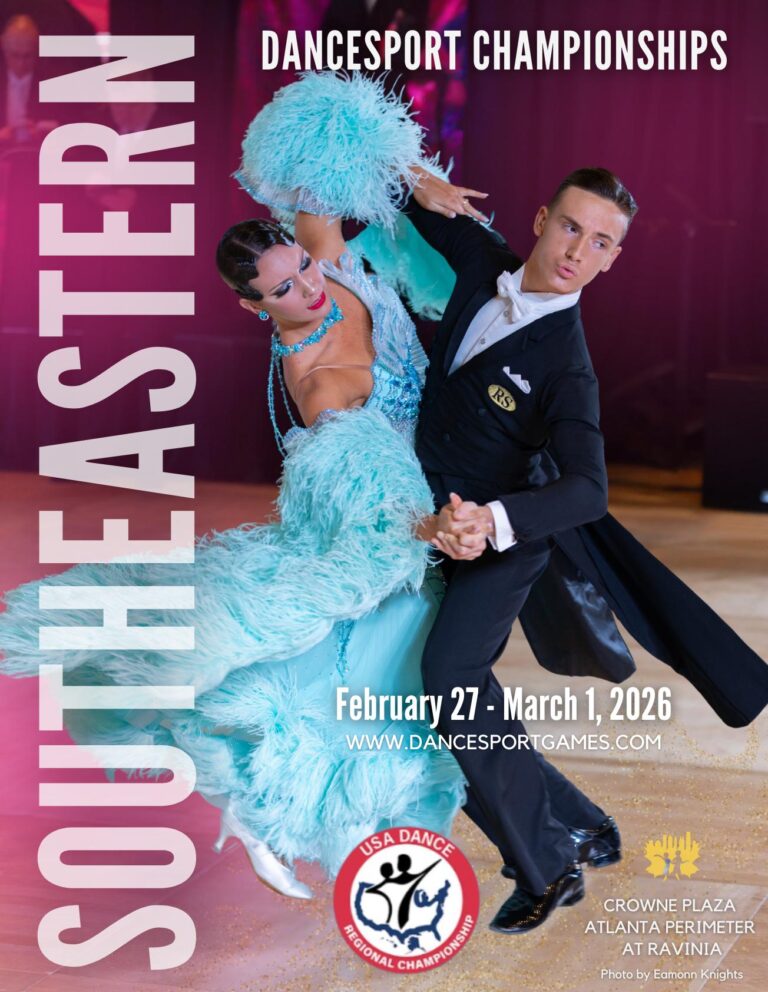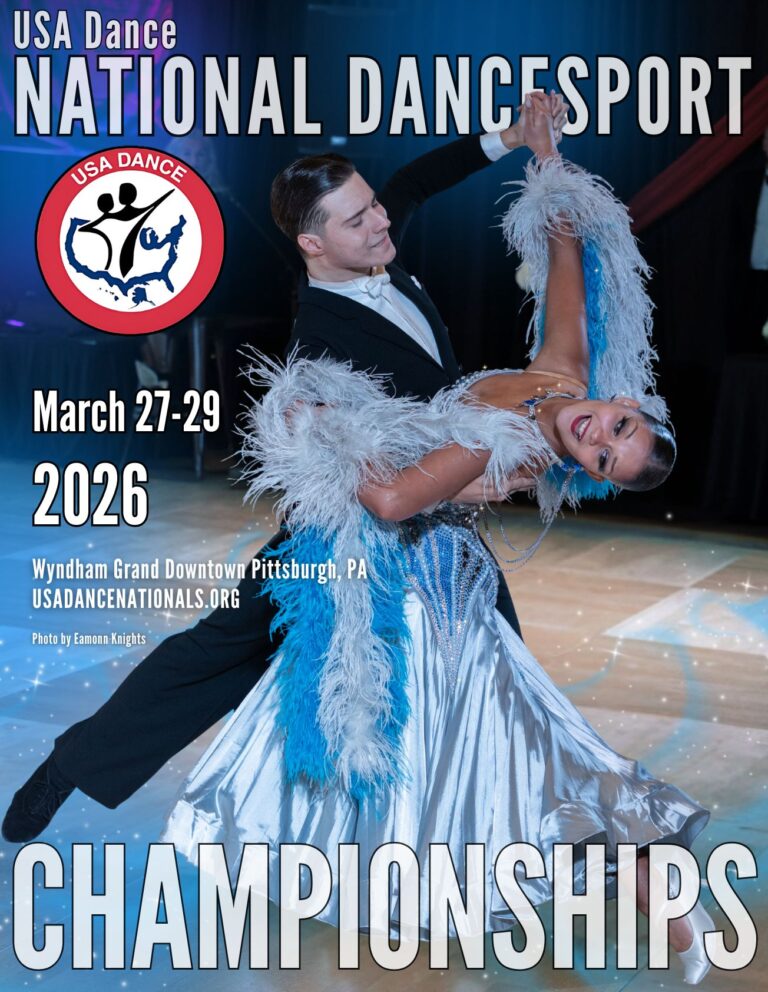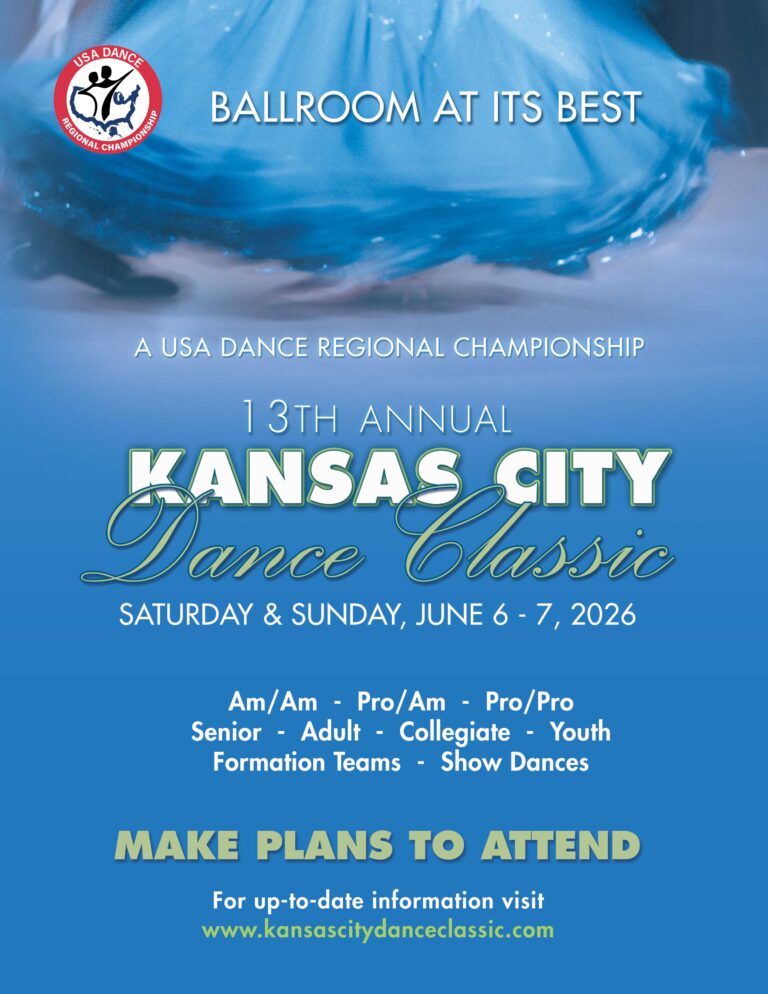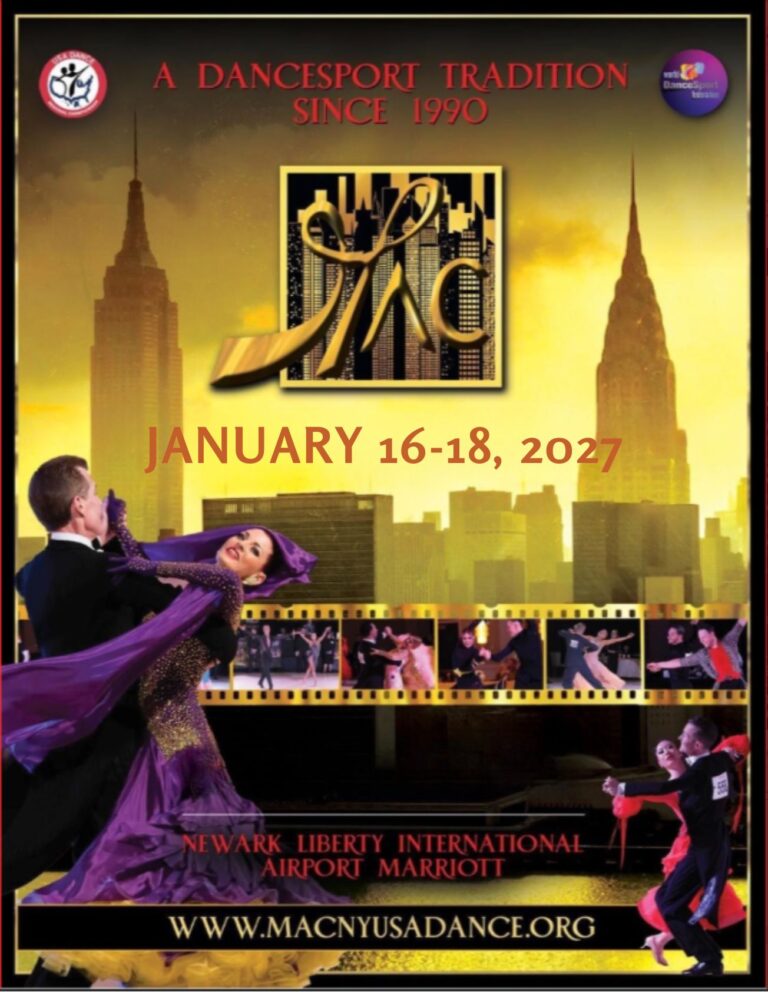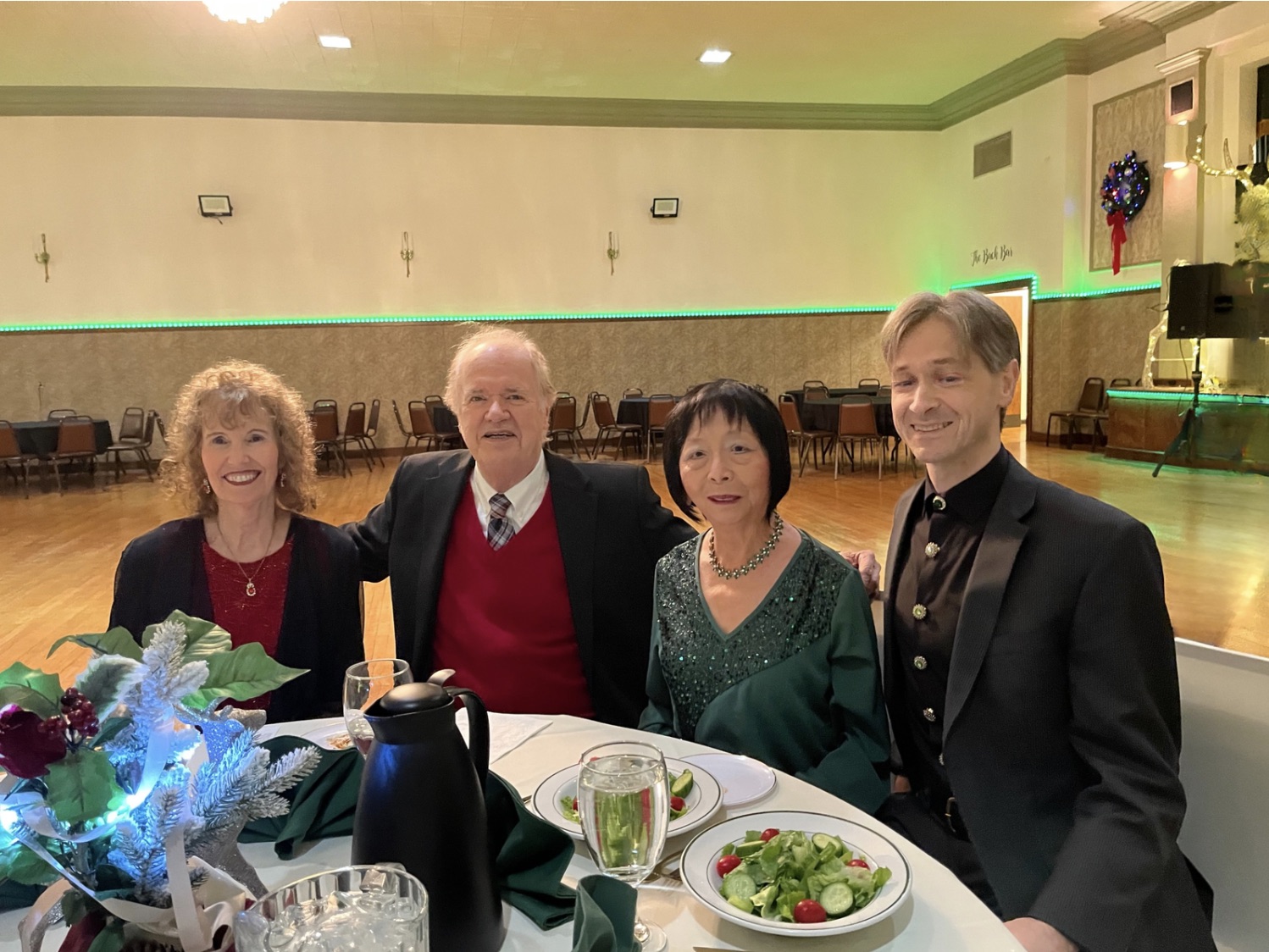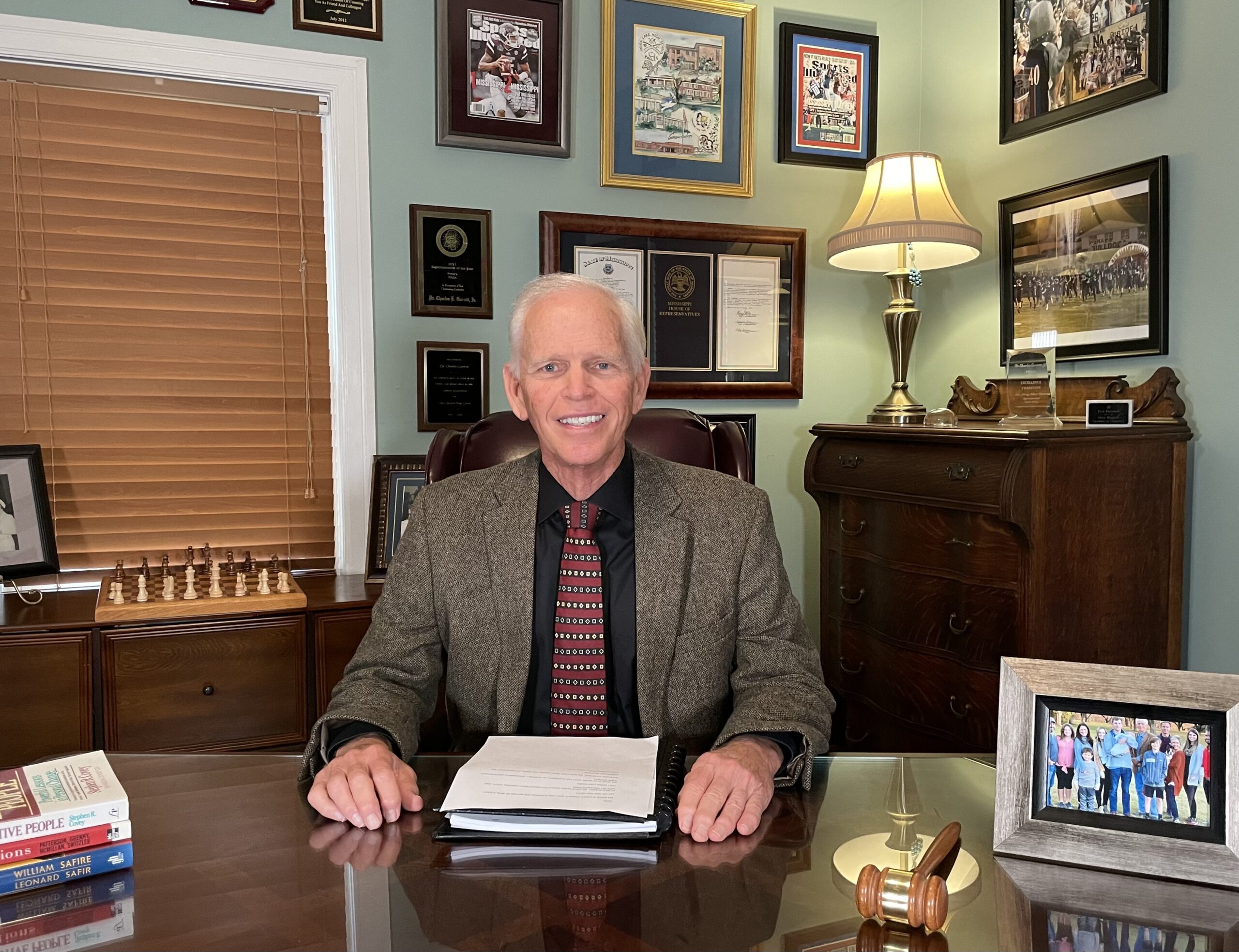Wayne Nelson has been an active member of Chapter #3014, Albany, NY since it was formed in 1998. His following article TANGO ADDICT appeared in Amstat News in the feature “Statisticians’ Pastimes” on hobbies of statisticians. Four times he has performed Argentine tango at the Chapter’s annual showcase and recently at the monthly dance. The photo is from the 2024 Showcase with angel Rose Thornton. He also performs ballroom and tango in Chapter exhibitions at nursing homes and senior centers. At Chapter dances, you will see him dancing tango to foxtrots and 4/4 tempo music, as well as Argentine milonga to quickstep music.
Q: Who are you and what is your statistics position?
A: My name is Wayne Nelson, I am a semi-retired private statistical consultant and expert on reliability data analysis, recurrent-events data analysis, and statistical methods for accelerated testing. I also give training courses for clients and professional societies. An employee of General Electric Corp. Research & Development for 24 years, I consulted across the company. As an adjunct professor at Union College and Rensselaer Polytechnic Inst., I taught graduate courses on theory and application of Statistics.
Q: Tell us about what you like to do for fun when you are not being a statistician.
A: When I was 12, my grade school gave me ballroom dance lessons with girls. Now 81, I’m still dancing with them, but today it’s Argentine tango, which is a three-minute romance. Seriously dancing social ballroom at age 60, I discovered Argentine tango, became addicted, and now need a “tango fix” twice a week.
Q: What drew you to this hobby and what keeps you interested?
A: Argentine tango has many charms. Few in number, tangueros are friendly and welcoming to all dancers. I’ve been warmly welcomed in dances all over the U.S. and abroad including Buenos Aires, Cairo, Mexico City, Bordeaux, and embargoed Havana (I went there as a wetback). Used to dancing chest-to-chest (heart-to-heart) and cheek-to-cheek, tangueros warmly hug friends on greeting. No other dance has such intimate contact – chest, head, feet, calves, knees, and yes thighs. The women dance on the balls of their feet and have gorgeous legs. Argentine is the world’s most difficult social dance, an enticing challenge that requires years to master. I’ve been working on tango for 20 years. Still humbly learning.
Tango music is romantic, beautiful, and expressive of feelings. Good social dancers express the feeling of the music using suitable figuras (dance patterns) and rhythms; that is, they spontaneously choreograph. Such musicality is rare in social ballroom dancing which uses a simple repeating rhythm for each dance style. To hear the beautiful tango Invierno[Winter] and see charming professional choreography, view www.youtube.com/watch?v=nfSWPO7uhpo.
The best dancers have outstanding technique that feels wonderful to partners. Many ballroom dancers are performer wannabes and try to look good. Tangueros try to feel good to partners. My partners have ranged from clumsy sumo wrestlers to butterfly angels who are lighter and follow me better than my shadow. I always fall in love with the angels. A tango with an angel is three minutes in heaven. Such a tango dance is described in Buenos Aires as “one heart with four legs.”
Now 81 and an advanced tanguero, I am flattered when asked to dance by gorgeous young 60-year-olds I don’t know. At a tango dance in the Catskills, Marilyn, a most attractive and skilled tanguera invited me to come to New York City and dance with her. For the last ten years we’ve danced in Central Park, in the pavilion at the end of Pier 45 as the sun sets in New Jersey across the Hudson, in the plaza at Lincoln Center, in the U. N. Building, and in many tango clubs and dance halls. Tango brought me this much treasured friend.
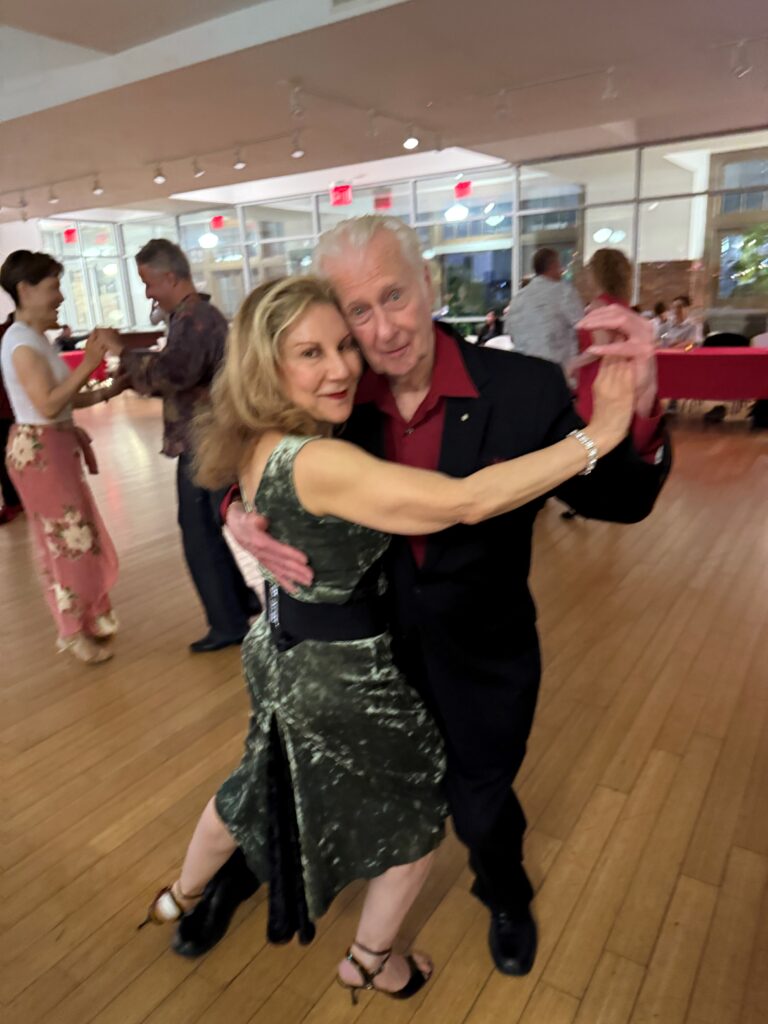
Some special tango moments for me include:
- Anne, my beloved dance partner and sweetheart of 34 years, took me on a tango cruise. It departed from Venice and stopped at various Greek ports (including Rhodes and the ancient Olympics site) and beautiful medieval Dubrovnik. Our group of 25 tangueros had classes every morning, an adventure ashore in a new place each afternoon, and a private tango dance at night. Our eight teachers put on a first-rate tango show in the ship’s theater; it attracted 300 passengers just by word of mouth. The trip included memorable stays in Venice and Florence.
- As a raw tango beginner, I went to tango boot camp in Buenos Aires for a week in 1997. Twenty-five beginners, we had a class from a maestro (master teacher) each afternoon to learn a figura (dance pattern), followed by a practice with five or six attentive teachers who drilled us on technique involving balance and delicate connection with partner that does not disturb the partner’s balance and movement. Each evening we went to a different dance club, struggled on a daunting crowded floor, and also saw a tango show. Still needing boot camp, I repeated boot camp the following year. Boot camp showed me what techniques I needed to learn to dance well with a partner. I am still working on improving technique.
- Buenos Aires is the Mecca for tangueros. Self-employed and having a good boss, I was able to spend five weeks there in March and April each year from 1997 to 2010. A high point was my expense-paid Fulbright Award to teach reliability statistics in Spanish to Argentine engineers there for three months. Of course, you know why I chose Buenos Aires and what I did in my free time.
- Recently I started attending the Stowe Tango Music Festival, where scores (no pun) of musicians improve their skills, instructed by maestros. For four days, 100+ tangueros participated in dance classes and danced to a live orchestra of 23 musicians that raised the hair on the back of my neck.
There are traditional customs at tango dances. You do not approach a tanguera and ask her to dance. In ballroom dancing, just asking is customary. To invite a tanguera, you must catch her eye (sometimes across the dance floor) and smile and nod. If she smiles back, you go to her and dance. If she ignores you, you’re out of luck. Tangos are played in a tanda, a set of three or four tunes of the same style and by the same orchestra. On hearing the music, you can then invite a partner suited to the music and dance that tanda with her. Some tandas have other styles of music, such as swing, Latin, polka, paso doble, etc. In Argentina they do the chacarera folk dance. In Mexico they dance traditional danzón, which is like rumba but more complicated.
Recorded music at dances is by the famous orchestras of the Golden Age of Tango — the 30’s, 40’s, and 50’s — and some is by more recent orchestras, such as my favorite the Orquesta Romántica Milonguera. We dance to three styles of Argentine music:
- Traditional tango with a 2/4 or 4/4 tempo (a marching 4 beat measure),
- Waltz tango with 3/4 time (a three beat measure), which is like Viennese waltz but with a faster tempo,
- Milonga with a 2/4 or 4/4 quickstep tempo which is faster than traditional tango.
These dance styles have a common base, and each has some unique steps and customs. There are other styles of tango. In the U. S., ballroom dancers learn “American tango,” which is much like fox trot danced to music with a heavy drum beat. International tango is a studio-invented competition style with exaggerated stylized movement, such as head snapping left and right; the men wear tails and the women wear long ball gowns. In addition to the social Argentine tango, there is professional stage tango, called fantasy tango. It is athletic and complicated with high speed and lifts that are dangerous on the crowed social floor.

